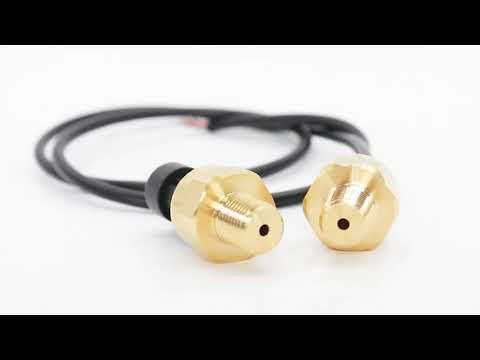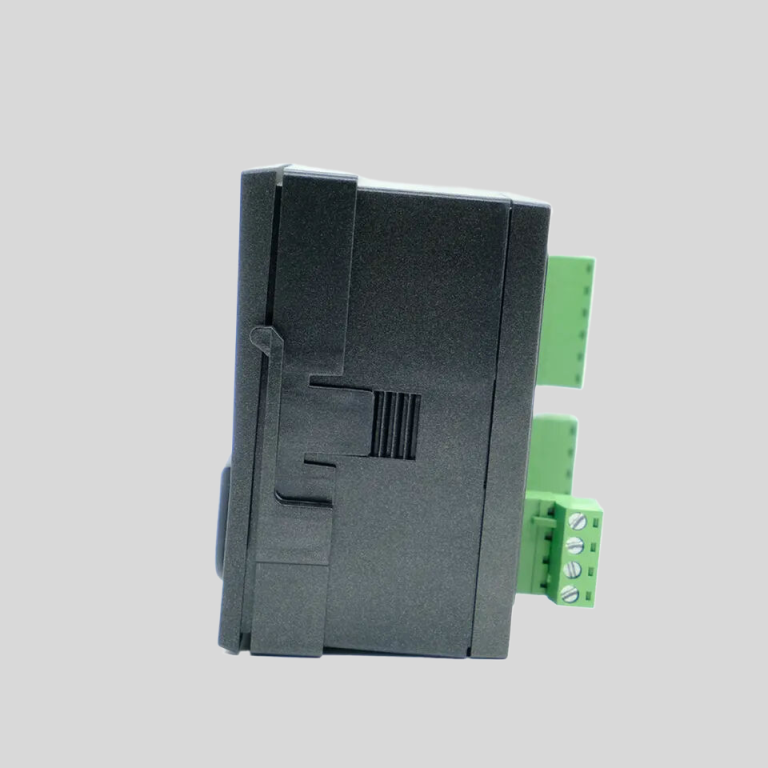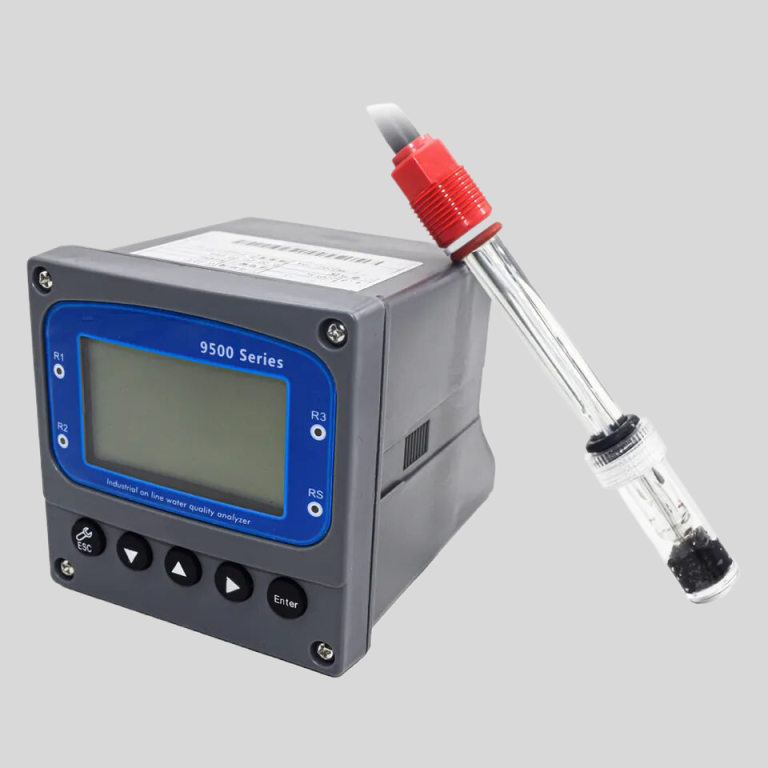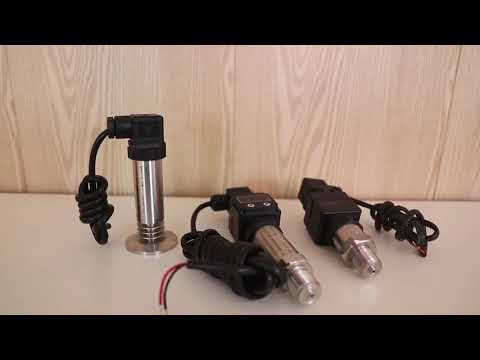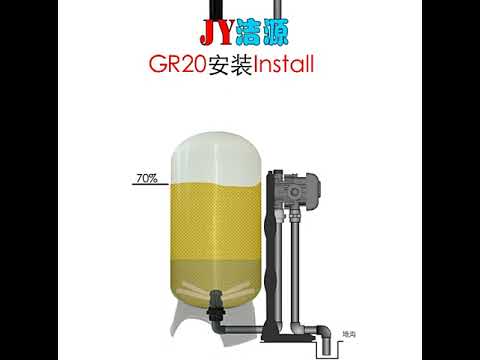Table of Contents
Proper Calibration Techniques for pH Meters
pH meters are essential tools in various industries, including agriculture, food and beverage production, water treatment, and scientific research. These devices measure the acidity or alkalinity of a solution by determining the concentration of hydrogen ions present. To ensure accurate and reliable readings, it is crucial to calibrate pH meters regularly.
Calibration is the process of adjusting a ph meter to a known standard to ensure its accuracy. Proper calibration techniques are essential to maintain the integrity of the measurements and prevent errors in the results. There are two primary methods for calibrating pH meters: single-point calibration and multi-point calibration.
Single-point calibration involves adjusting the ph meter to a single standard solution with a known pH value. This method is suitable for applications where the pH range of the samples is relatively consistent. To perform single-point calibration, prepare a standard solution with a known pH value close to the expected pH range of the samples. Immerse the ph meter electrode into the standard solution and adjust the meter reading to match the known pH value. Once the calibration is complete, rinse the electrode with distilled water and proceed with the measurements.
Multi-point calibration, on the other hand, involves adjusting the ph meter to two or more standard solutions with different pH values. This method is suitable for applications where the pH range of the samples varies significantly. To perform multi-point calibration, prepare two or more standard solutions with different pH values covering the expected pH range of the samples. Immerse the ph meter electrode into each standard solution sequentially and adjust the meter reading to match the known pH values. Rinse the electrode with distilled water between each calibration point to prevent contamination.
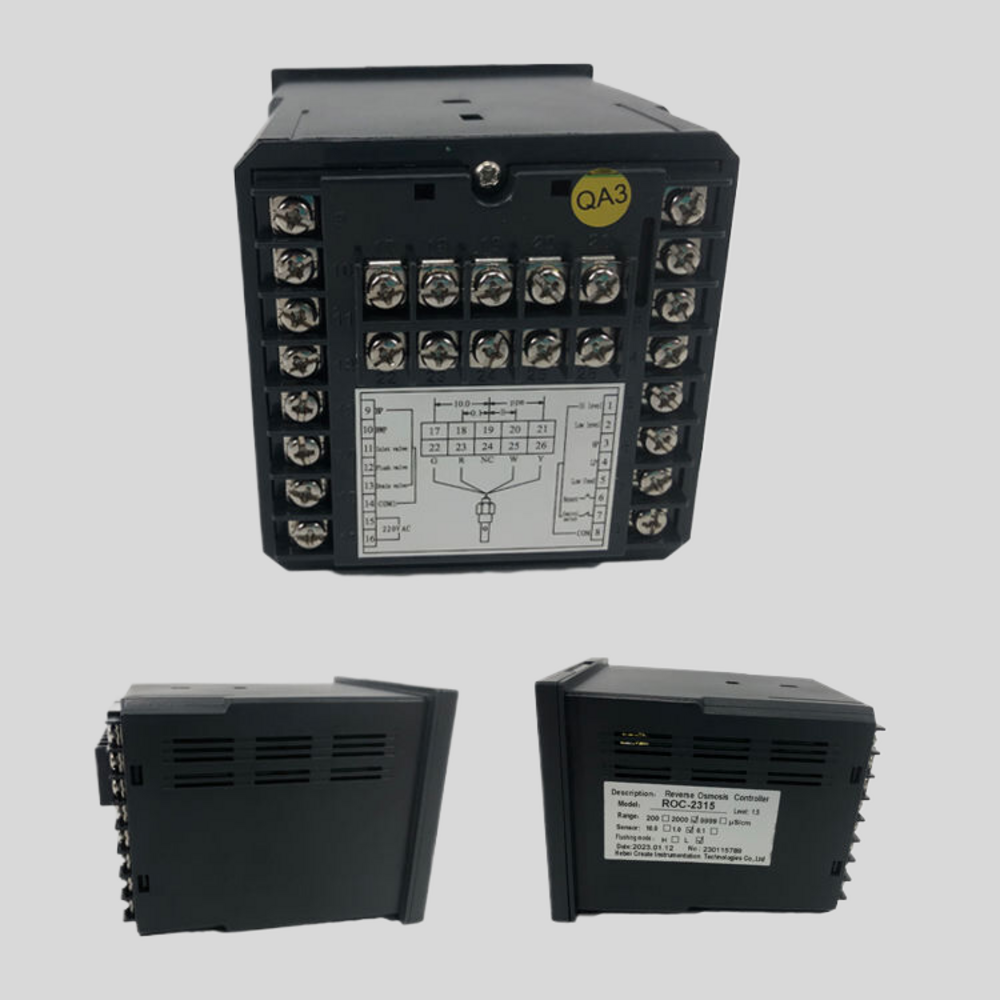
It is essential to follow the manufacturer’s instructions when calibrating a ph meter to ensure accurate results. Some pH meters may require specific calibration solutions or procedures recommended by the manufacturer. Additionally, regular maintenance and proper storage of the ph meter are crucial to prolong its lifespan and maintain its accuracy.
Calibrating a ph meter is a straightforward process that can be done in-house by trained personnel. However, if you are unsure about how to calibrate your ph meter or if you encounter any issues during calibration, it is recommended to seek assistance from a professional technician or the manufacturer.
In conclusion, proper calibration techniques are essential for maintaining the accuracy and reliability of pH meters. Whether you are using a single-point or multi-point calibration method, following the manufacturer’s instructions and best practices will ensure that your ph meter provides accurate measurements. Regular calibration, maintenance, and proper storage of the ph meter are key to obtaining precise results in various applications. By investing time and effort in calibrating your ph meter correctly, you can trust the integrity of your measurements and make informed decisions based on accurate data.
Understanding the Importance of ph meter Accuracy
pH meters are essential tools in various industries, including agriculture, food and beverage production, water treatment, and scientific research. These devices measure the acidity or alkalinity of a solution by determining the concentration of hydrogen ions present. pH levels range from 0 to 14, with 7 being neutral, below 7 acidic, and above 7 alkaline.
Accuracy is crucial when using a ph meter to ensure reliable and consistent results. Even small errors in pH measurements can have significant consequences, such as affecting the quality of products or compromising experimental outcomes. Therefore, understanding the factors that influence ph meter accuracy is essential for obtaining precise and reliable measurements.
| Model | EC-8851/EC-9900 High Precision Conductivity/resistivity controller |
| Range | 0-200/2000/4000/10000uS/cm |
| 0-20/200mS/cm 0-18.25M\u03a9 | |
| Accuracy | Conductivity:1.5%;\u00a0 Resistivity:2.0%(FS) |
| Temp. Comp. | Automatic temperature compensation based on 25\u2103 |
| Oper. Temp. | Normal 0\uff5e50\u2103; High temp 0\uff5e120\u2103 |
| Sensor | 0.01/0.02/0.1/1.0/10.0cm-1 |
| Display | LCD Screen |
| Current Output | 4-20mA output/2-10V/1-5V |
| Output | High/Low limit dual relay control |
| Power | DC24V/0.5A or |
| AC85-265V\u00b110% 50/60Hz | |
| Working Environment | Ambient temperature:0\uff5e50\u2103 |
| Relative humidity\u226485% | |
| Dimensions | 96\u00d796\u00d772mm(H\u00d7W\u00d7L) |
| Hole Size | 92\u00d792mm(H\u00d7W) |
| Installation Mode | Embedded |
One of the key factors that affect ph meter accuracy is calibration. pH meters need to be calibrated regularly using buffer solutions with known pH values to ensure accurate readings. Calibration should be performed before each use and whenever the ph meter is moved to a different location or after a long period of inactivity. Failure to calibrate the ph meter properly can result in inaccurate measurements and unreliable data.
Another factor that can impact ph meter accuracy is electrode maintenance. pH electrodes are sensitive components that can become dirty or damaged over time, affecting their performance. Regular cleaning and proper storage of electrodes are essential to maintain their accuracy and prolong their lifespan. It is also important to replace electrodes when they become worn out or damaged to ensure accurate pH measurements.
Temperature is another critical factor that can influence ph meter accuracy. pH measurements are temperature-dependent, and most pH meters are equipped with automatic temperature compensation (ATC) to correct for temperature variations. It is essential to calibrate the ph meter at the same temperature as the samples being measured to obtain accurate results. Additionally, keeping the ph meter and samples at a consistent temperature during measurements is crucial for maintaining accuracy.
Proper handling and usage of the ph meter are also essential for obtaining accurate measurements. pH meters should be handled with care to prevent damage to sensitive components. It is important to follow the manufacturer’s instructions for operating the ph meter and to avoid exposing it to extreme temperatures or harsh chemicals that can affect its performance. Regular maintenance and calibration of the ph meter are necessary to ensure accurate and reliable measurements.
In conclusion, ph meter accuracy is crucial for obtaining reliable and consistent results in various industries and applications. Factors such as calibration, electrode maintenance, temperature, and proper handling play a significant role in ensuring accurate pH measurements. By understanding and addressing these factors, users can maximize the accuracy of their pH meters and obtain precise data for their specific needs. Investing time and effort in maintaining ph meter accuracy is essential for achieving successful outcomes in research, production, and quality control processes.

